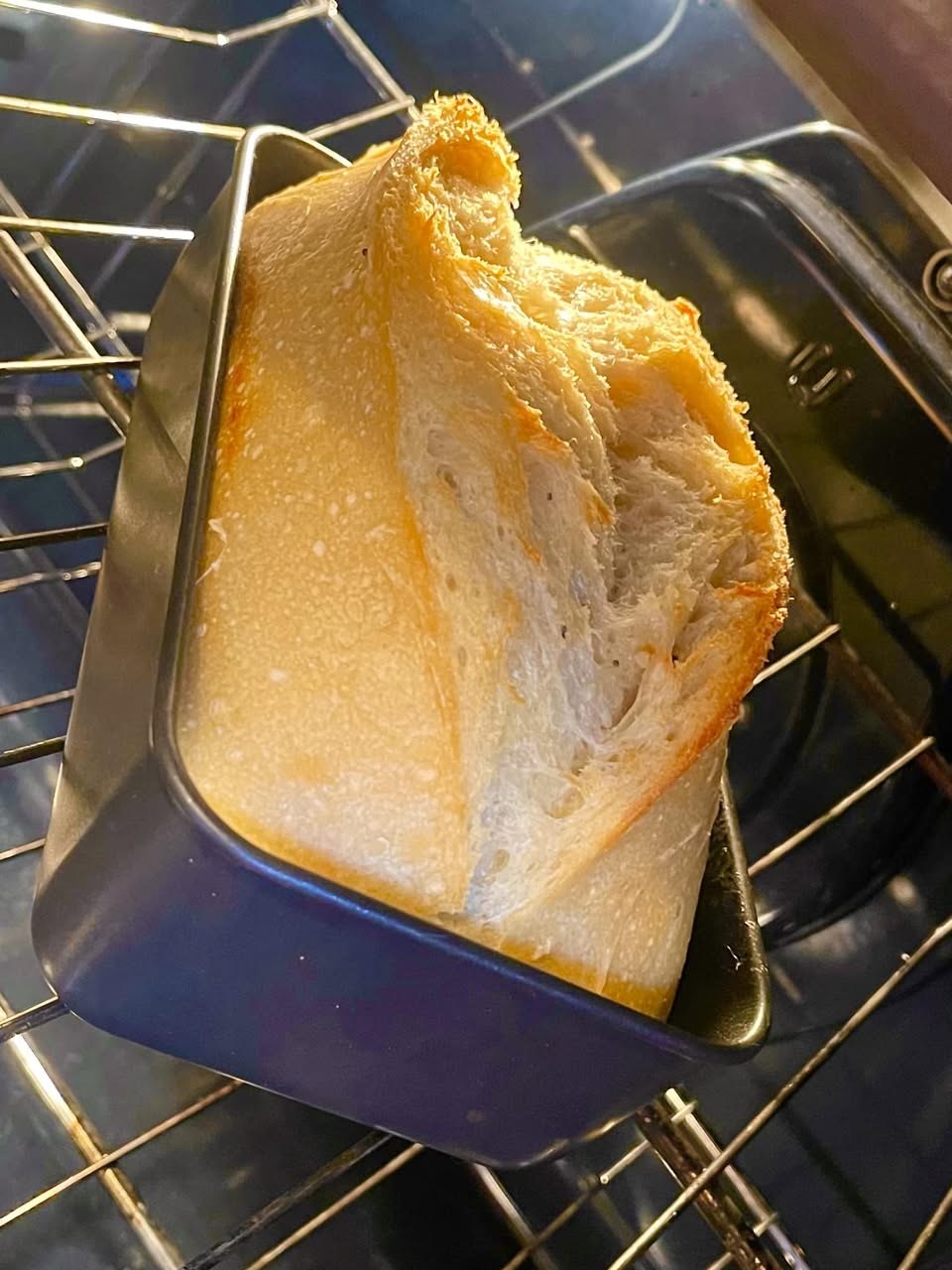Baking bread in a Dutch oven is a game-changer for creating bakery-quality loaves at home. The heavy-duty design of a Dutch oven creates a steamy environment that mimics professional bread ovens, producing bread with a beautifully crisp crust and soft, airy interior. Here’s why these bread molds are amazing and how to maximize their potential for every loaf you bake:
Why Bake in a Dutch Oven?
- Steam Retention for a Crispy Crust:
The lid traps steam released from the dough during baking. This steam keeps the dough moist, allowing it to expand fully before the crust sets, resulting in a thin, crackly crust. - Even Heat Distribution:
The thick walls and heavy lid of a Dutch oven ensure even heat distribution, helping the bread bake uniformly with no hot spots. - No Special Equipment Needed:
A Dutch oven eliminates the need for separate steaming techniques (like adding water to a pan in the oven). - Versatile Shape:
Dutch ovens come in round and oval shapes, making them suitable for various types of bread, from boule-style loaves to elongated bâtards.
